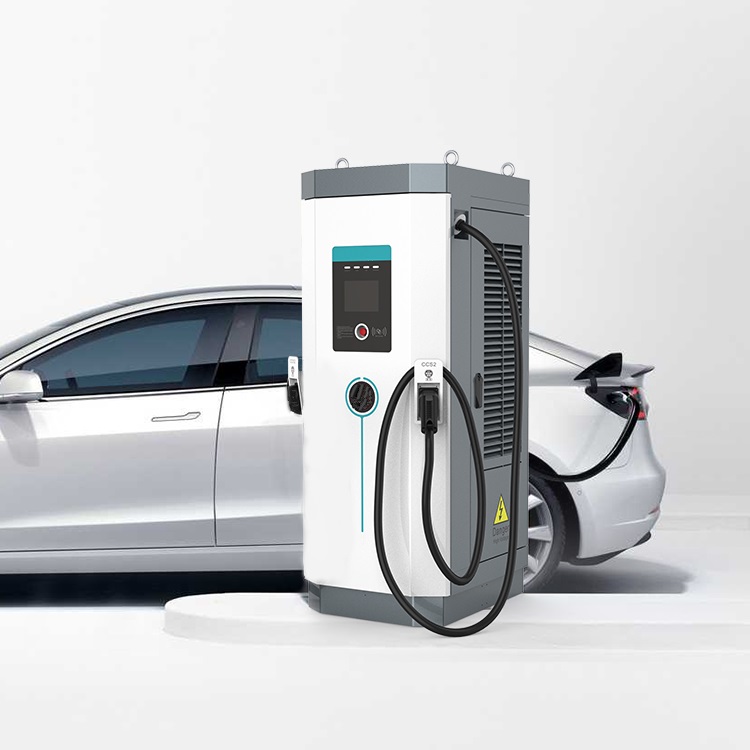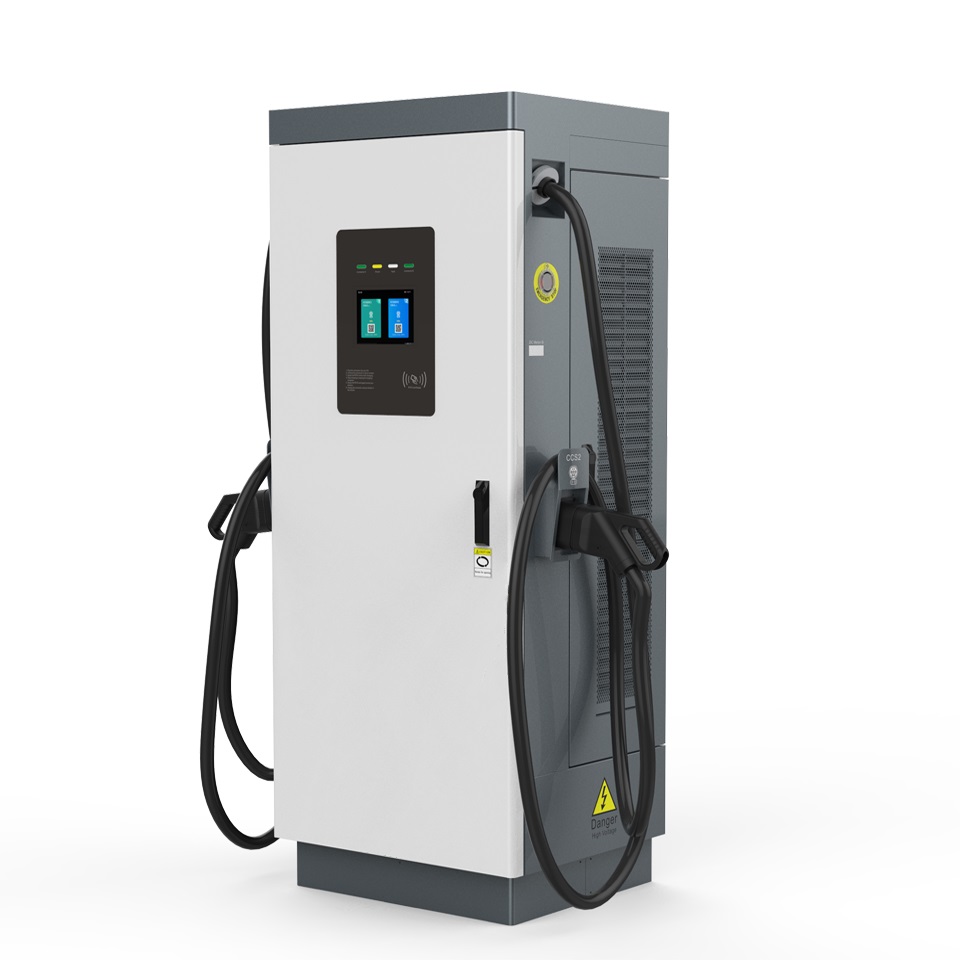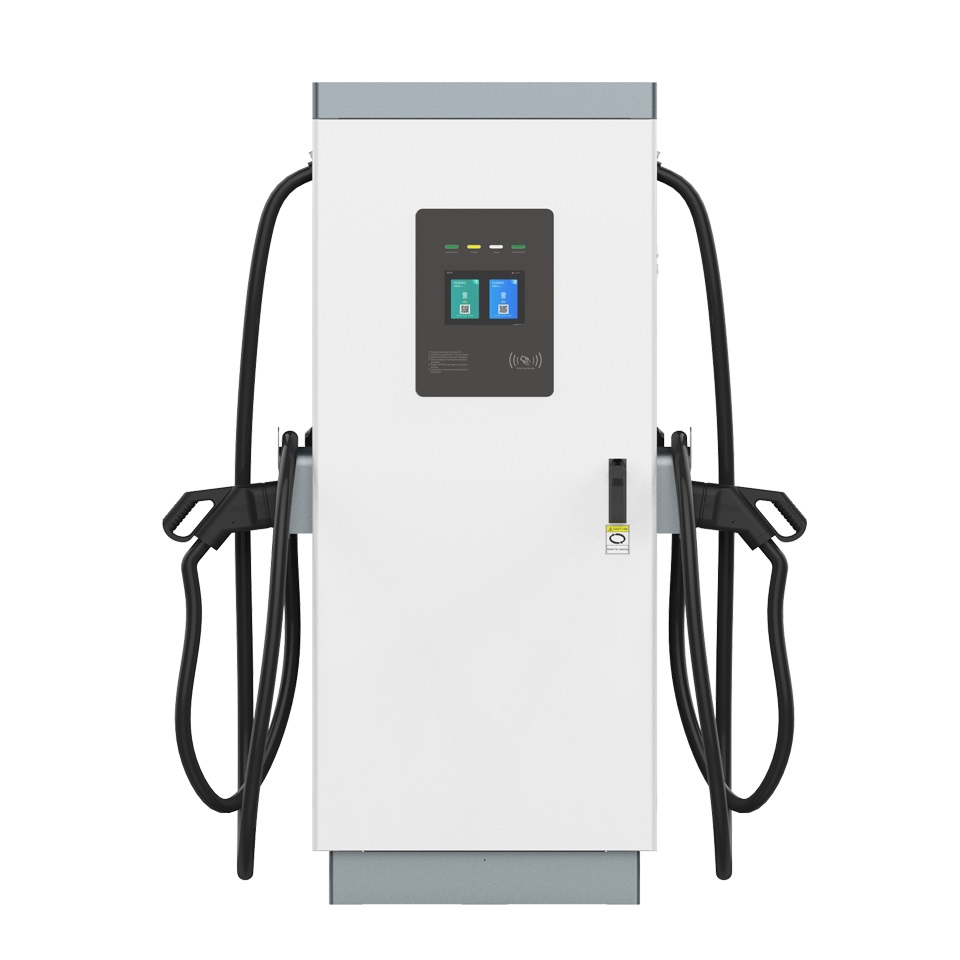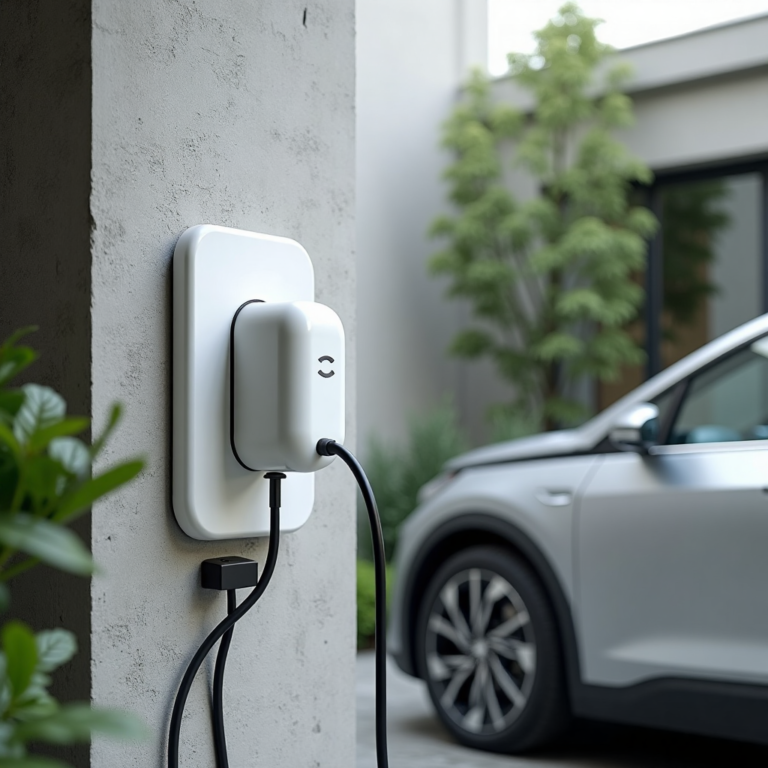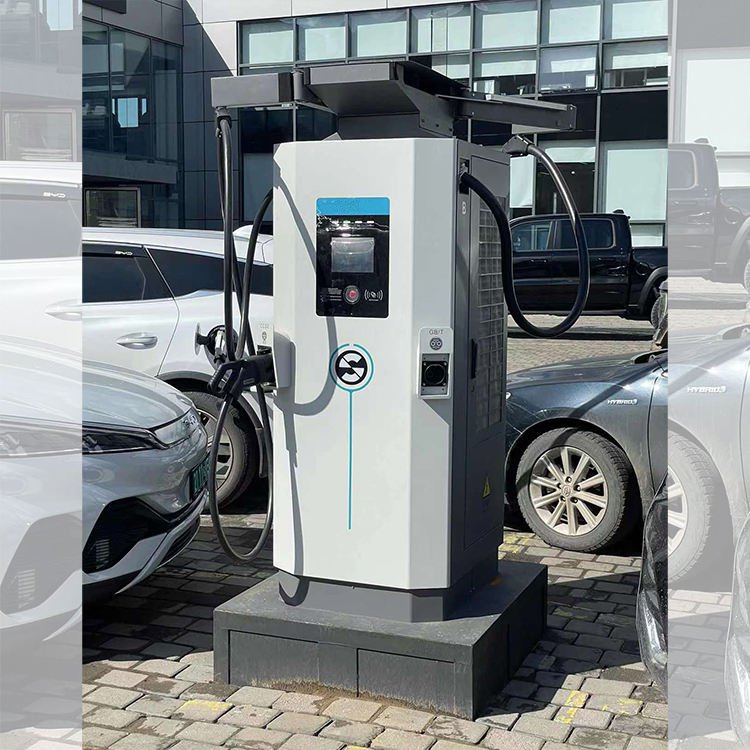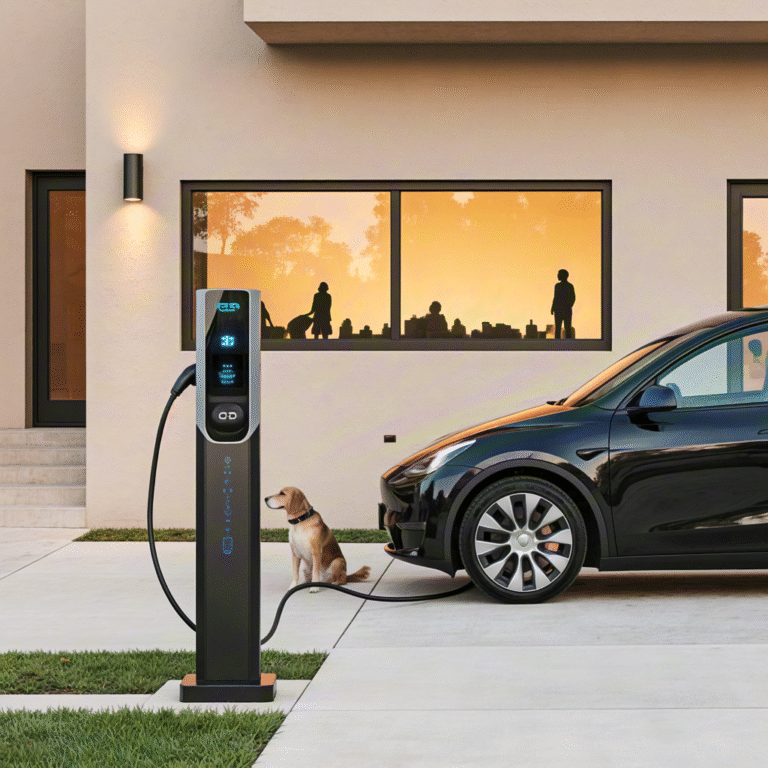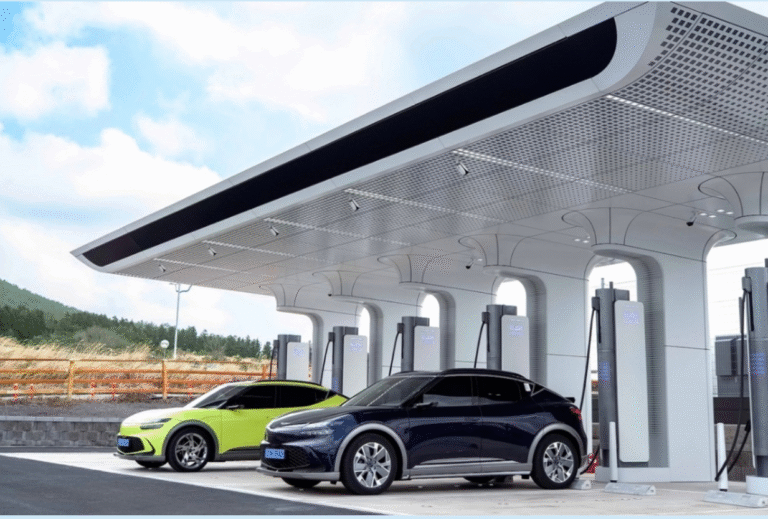Fast Charging Infrastructure: The Key to a Sustainable Future
As the world races toward decarbonization, electric vehicles (EVs) have emerged as a cornerstone of sustainable transportation. However, their widespread adoption hinges on one critical factor: fast charging infrastructure. By enabling rapid energy replenishment and addressing “range anxiety,” DC fast chargers are not just a convenience—they are a catalyst for global energy transformation. This article explores how fast charging infrastructure is reshaping mobility, reducing carbon footprints, and driving innovation across emerging markets like Southeast Asia, Latin America, and Africa.
The Rise of Fast Charging: A Global Necessity
DC fast chargers, capable of delivering up to 350kW of power, are transforming EV usability. For instance, a 350kW charger can add 200 miles of range in just 10 minutes, aligning with the pace of traditional fuel stops. This efficiency is particularly vital in regions where long-distance travel is common, such as Latin America’s sprawling highways or Southeast Asia’s island nations.
Market Growth:
- The global DC fast charging market is projected to reach $15.2 billion by 2030, growing at a CAGR of 34.5% (Market Research Future).
- In Southeast Asia, Indonesia and Thailand are leading the charge, with Jakarta aiming to install 500 fast chargers by 2025 to support its expanding EV taxi fleet.
The Environmental Imperative
Fast charging infrastructure plays a dual role in sustainability:
- Accelerating EV Adoption: By reducing charging times, fast chargers encourage consumers to switch from ICE vehicles, cutting CO₂ emissions. The International Energy Agency (IEA) estimates that EVs could save 2.4 million barrels of oil daily by 2030.
- Grid Integration: Smart fast chargers paired with renewable energy sources (e.g., solar or wind) enable “green charging.” For example, Dubai’s solar-powered charging stations not only power EVs but also feed excess energy back into the grid.
Key Trends Shaping Fast Charging
1. High-Voltage Platforms
Automakers like Porsche and Hyundai are adopting 800V architectures, reducing charging times by 50% compared to older 400V systems. This shift demands compatible infrastructure, creating opportunities for suppliers to innovate.
2. Vehicle-to-Grid (V2G) Technology
Fast chargers with bidirectional capabilities allow EVs to supply energy back to the grid during peak demand. Denmark’s “EV Grid” project, for instance, uses V2G to stabilize grids while earning drivers revenue.
3. Wireless Charging Advancements
Companies like WiTricity are developing wireless pads embedded in roads and parking lots, eliminating physical cables. This technology is gaining traction in Europe and the U.S., with trials underway in Singapore and Mexico City.
Opportunities in Emerging Markets
Emerging regions present unique challenges—and opportunities—for fast charging deployment:
- Southeast Asia: Grid instability in rural areas requires hybrid solutions combining solar power with battery storage. Thailand’s “EV30@30” plan aims to install 10,000 fast chargers by 2030, prioritizing highways and logistics hubs.
- Latin America: Brazil’s ProEV program offers tax incentives for charging infrastructure developers, while Chile’s “Green Hydrogen Valley” integrates fast charging with renewable energy projects.
- Africa: South Africa’s “Just Energy Transition” initiative focuses on public charging networks in urban centers like Johannesburg, leveraging partnerships between governments and energy firms.
Overcoming Barriers to Scale
Despite progress, hurdles remain:
- Cost: High-power chargers cost 3–5 times more than AC units. Governments can mitigate this through subsidies, as seen in India’s FAME II scheme.
- Grid Capacity: Fast charging places strain on local grids. Solutions include microgrids (e.g., Viet Nam’s solar-powered charging stations) and dynamic load management.
- Standardization: Fragmented global standards (CCS, CHAdeMO, GB/T) complicate interoperability. Organizations like the EVSE Association are pushing for unified protocols.
The Role of B2B Collaboration
Success in fast charging requires partnerships across sectors:
- Automakers & Energy Companies: Volkswagen’s Electrify America and BP’s Pulse network are co-developing ultra-fast hubs in the U.S. and Europe.
- Tech Giants & Governments: Huawei’s “FusionCharge” platform uses AI to optimize charging networks in Saudi Arabia, aligning with the country’s Green Initiative.
- Local Enterprises: In Nigeria, startups like Jetson are deploying solar-powered fast chargers in Lagos, addressing both energy access and sustainability.
Conclusion: Powering the Future
Fast charging infrastructure is no longer a luxury—it is a necessity for achieving net-zero goals. By prioritizing high-power DC solutions, integrating renewables, and fostering cross-border collaboration, we can build a sustainable, equitable charging ecosystem. As the IEA notes, “Every dollar invested in charging infrastructure returns $1.20 in societal benefits.”
For B2B stakeholders, the message is clear: Invest in fast charging today to secure a greener tomorrow. Whether through innovative technology, strategic policy alignment, or grassroots partnerships, the future of mobility is electric—and it starts with a charge.
Explore our range of DC fast chargers and smart charging solutions designed for global markets. Contact us today to discuss how we can support your sustainability goals.
